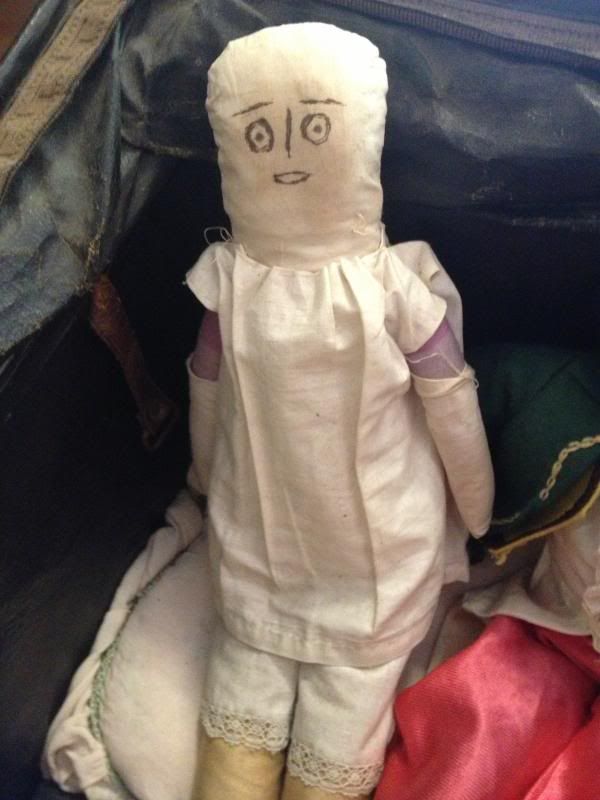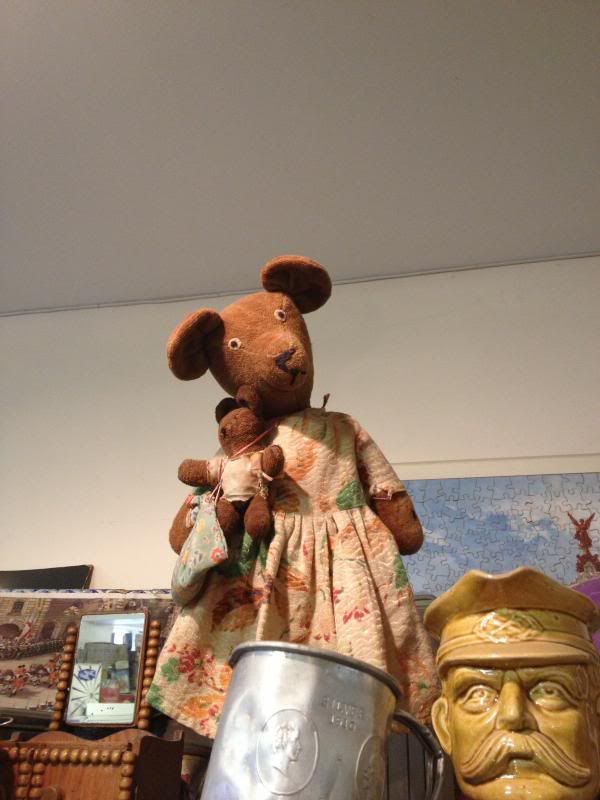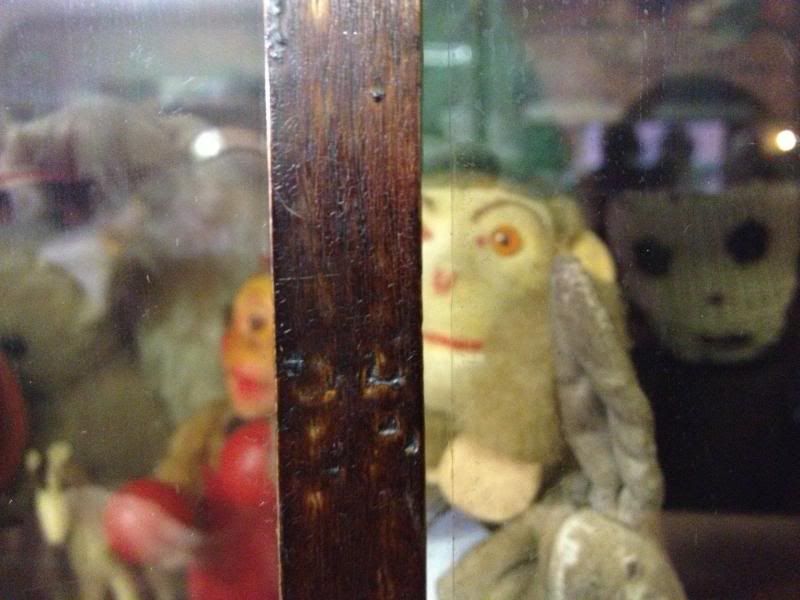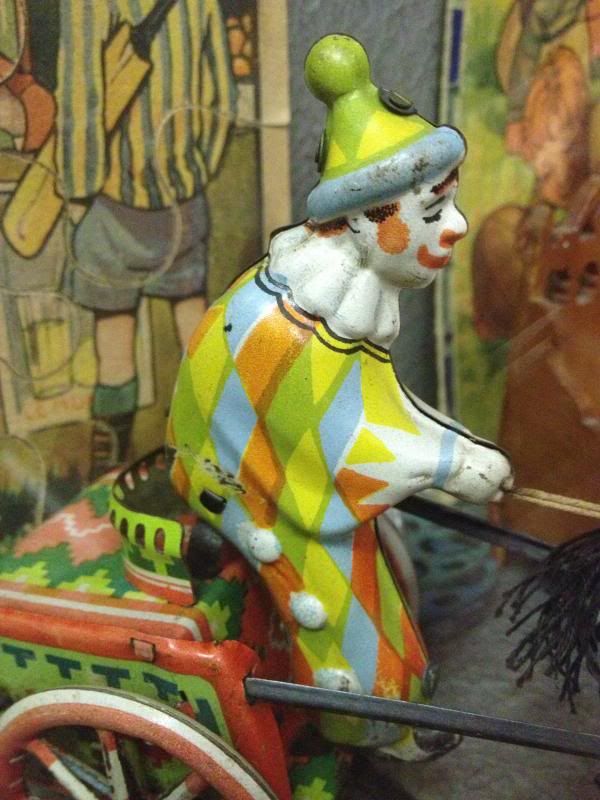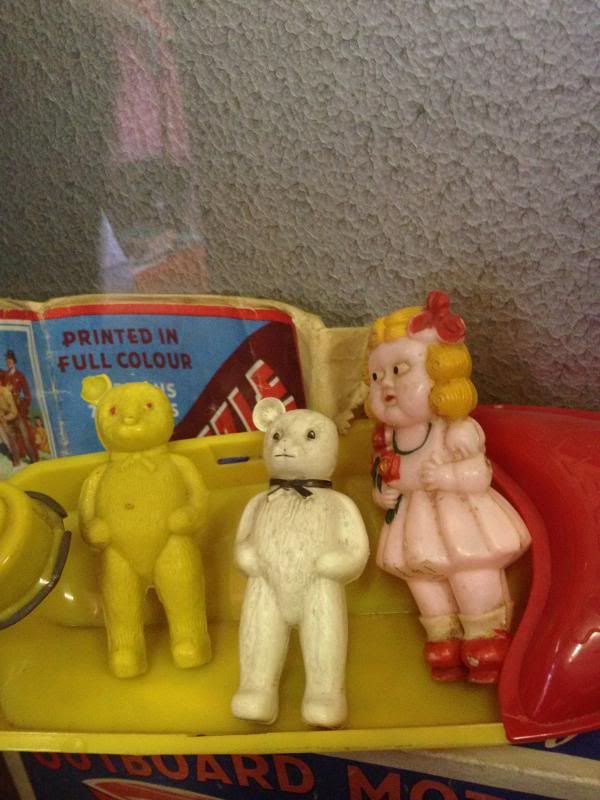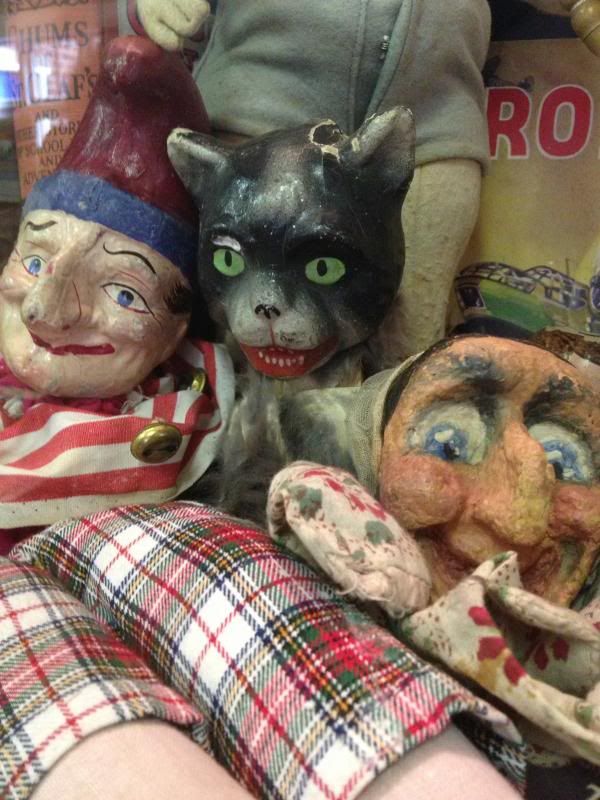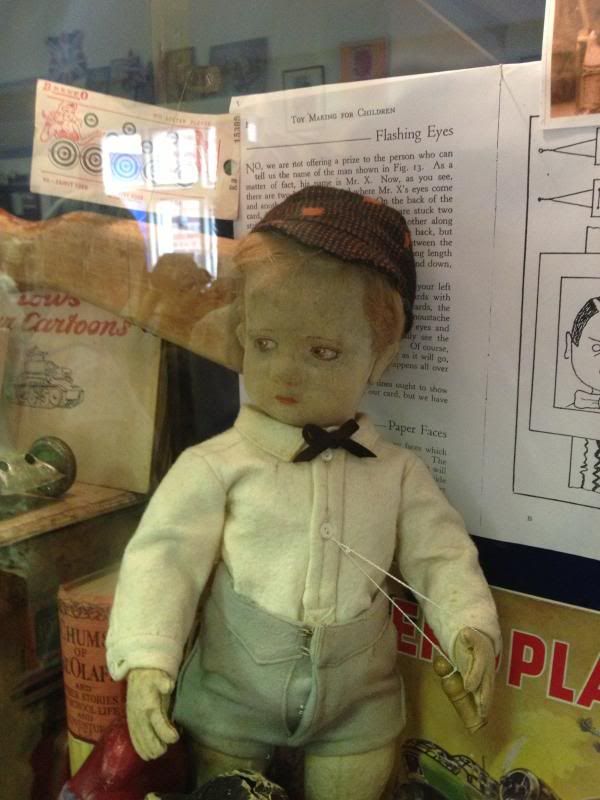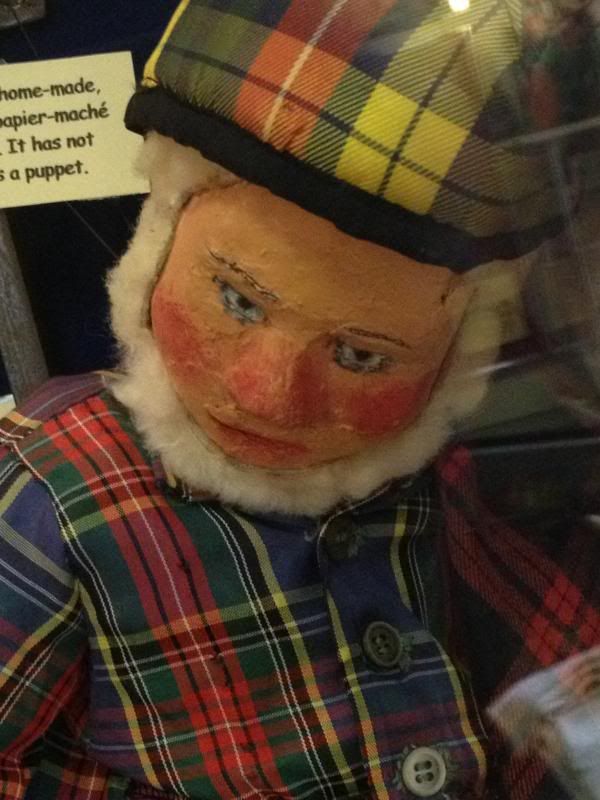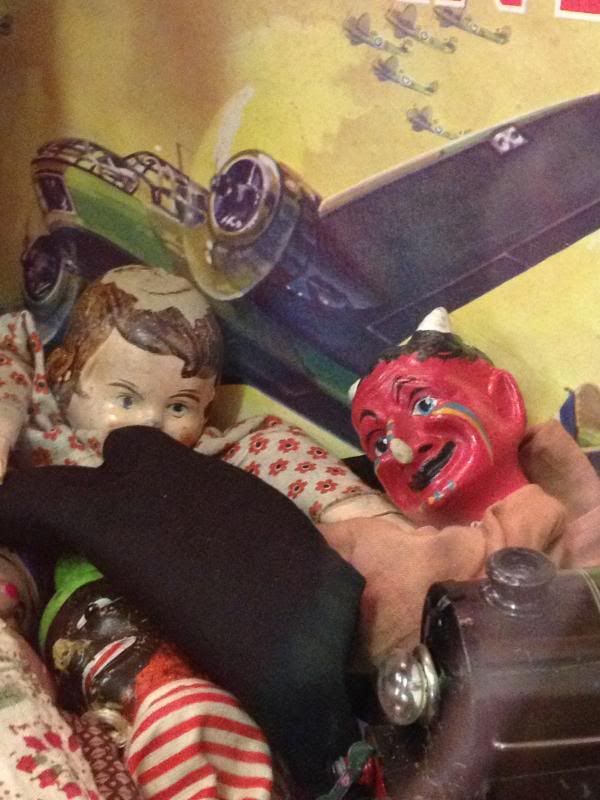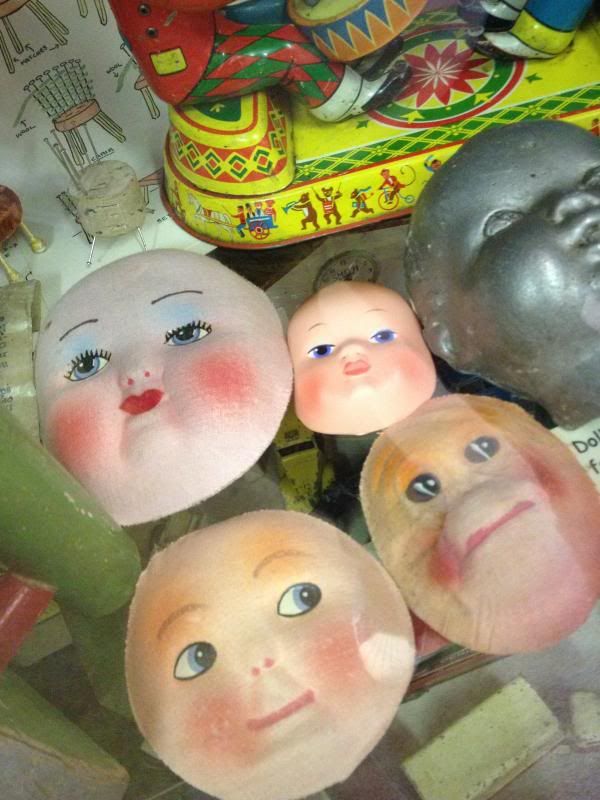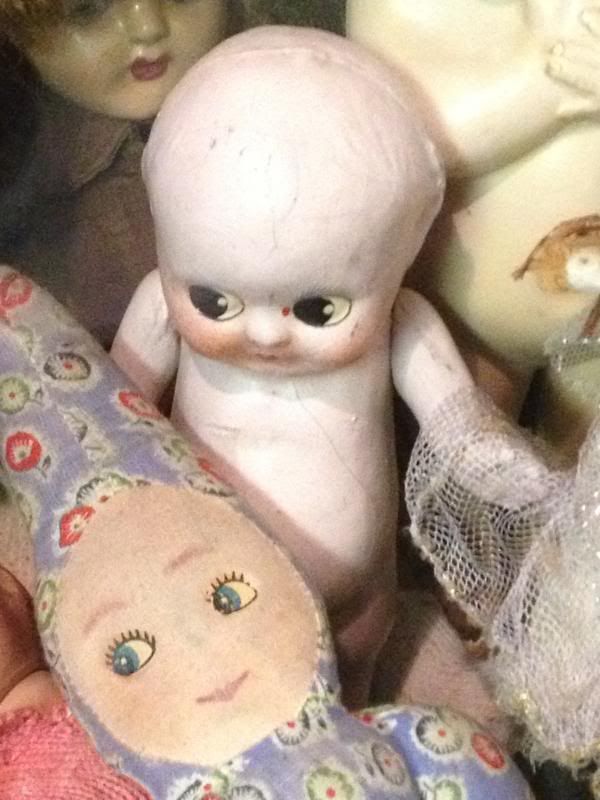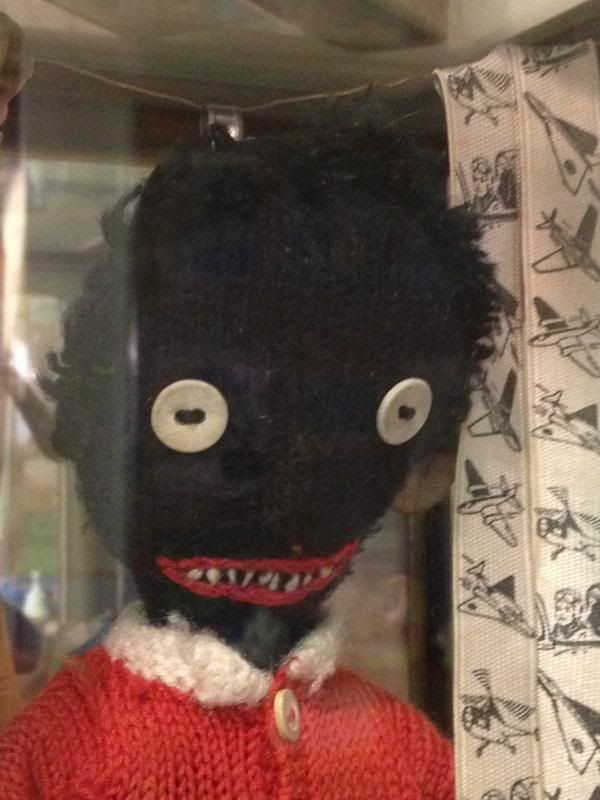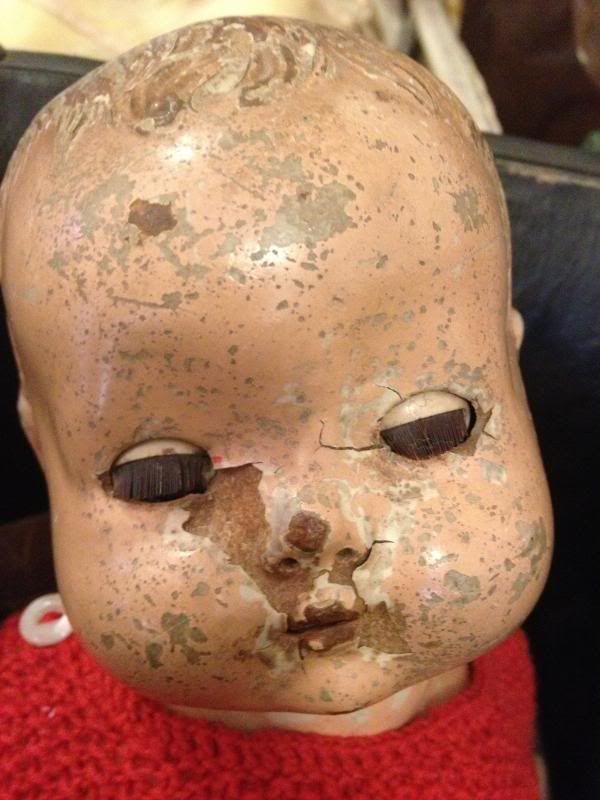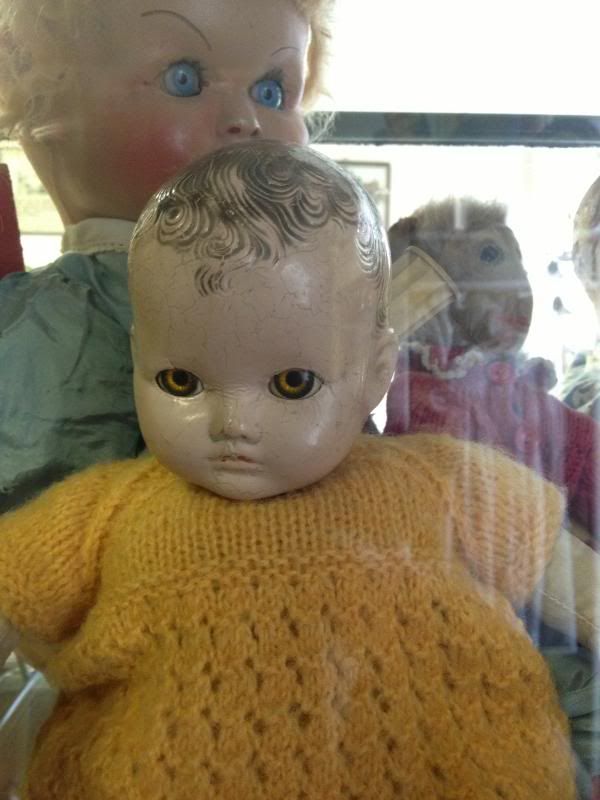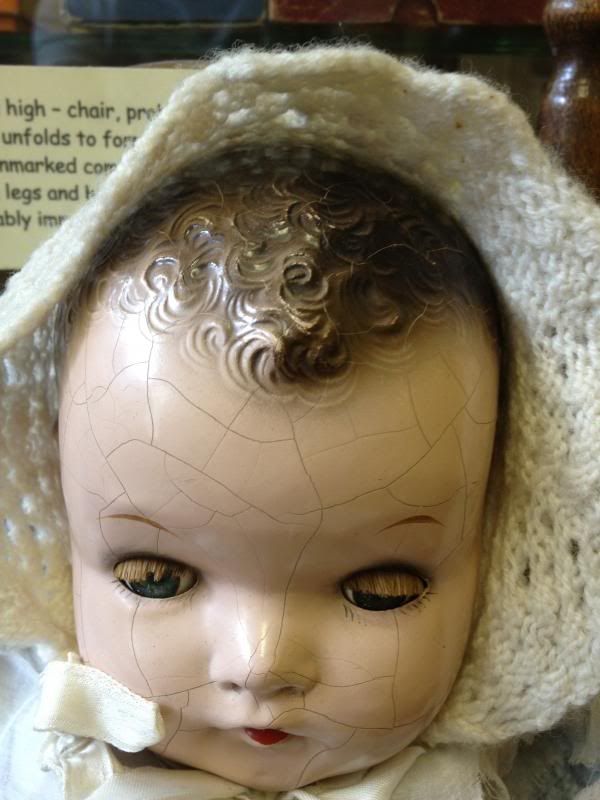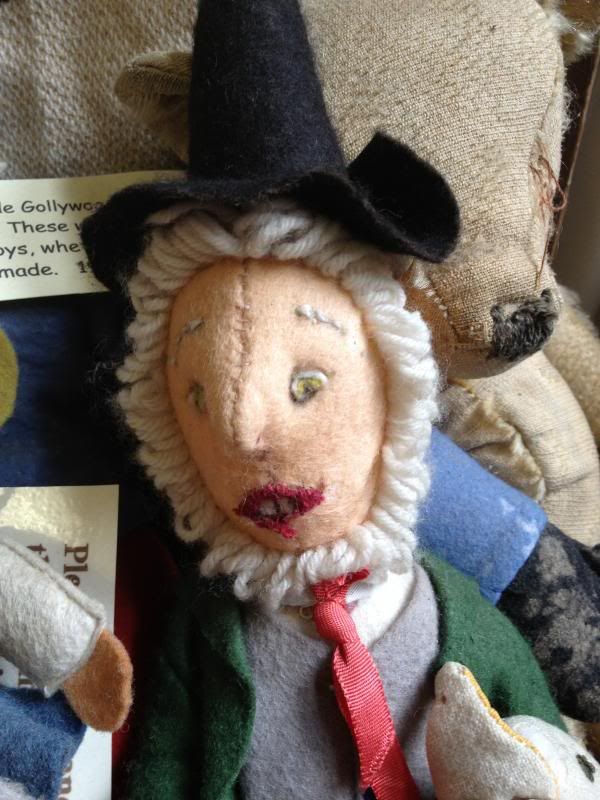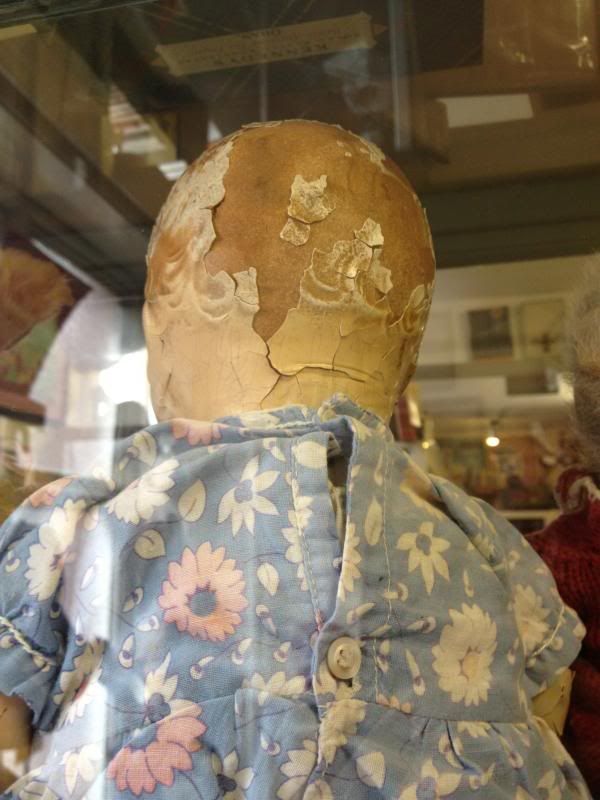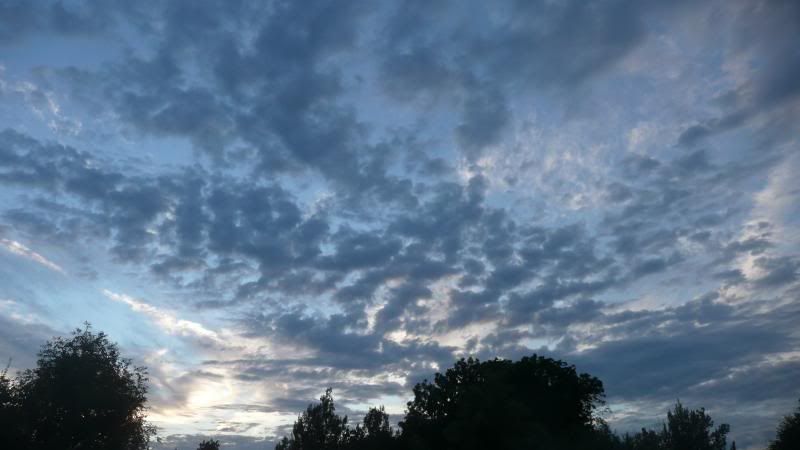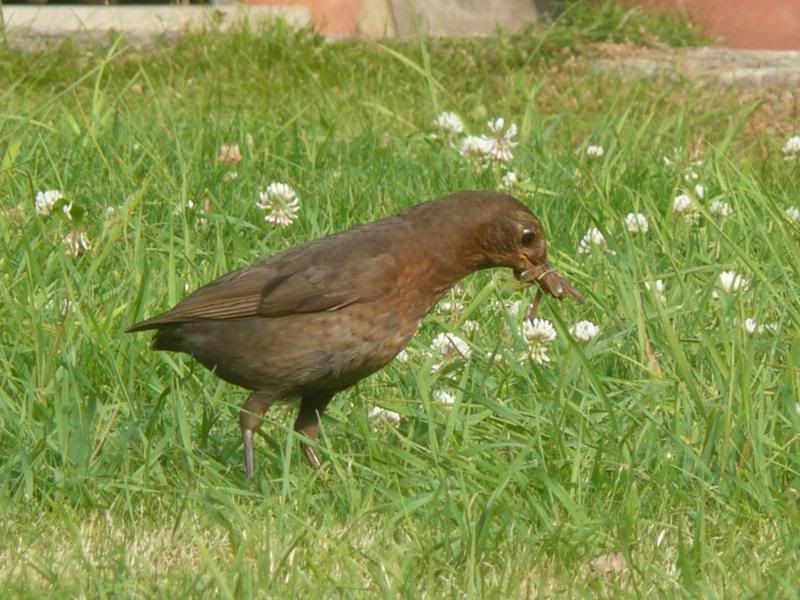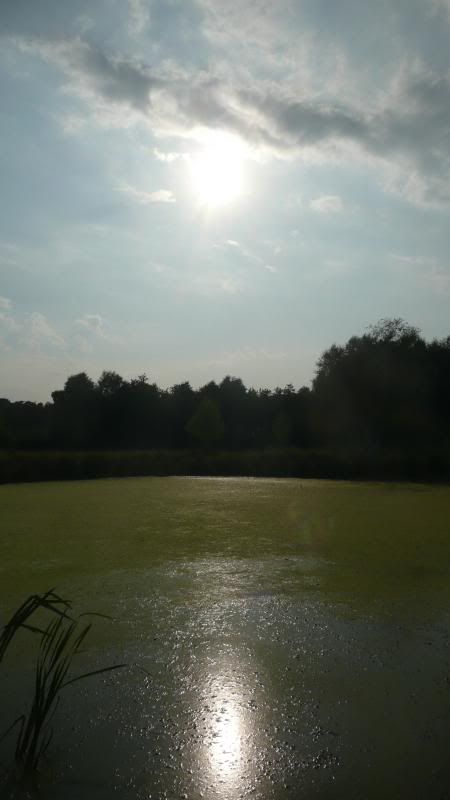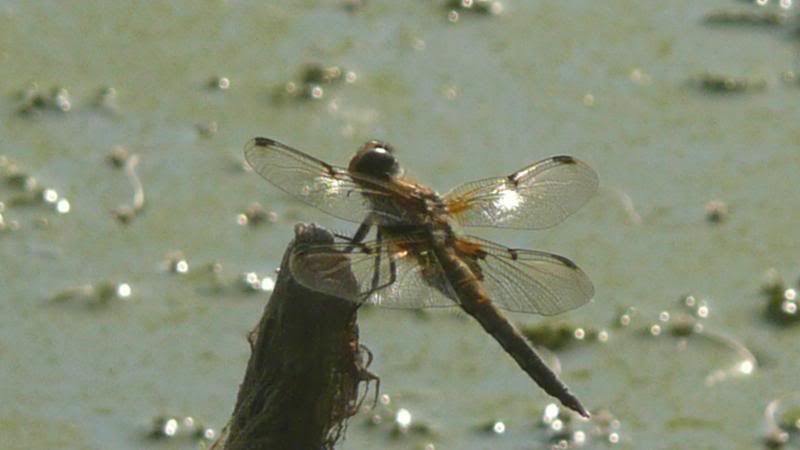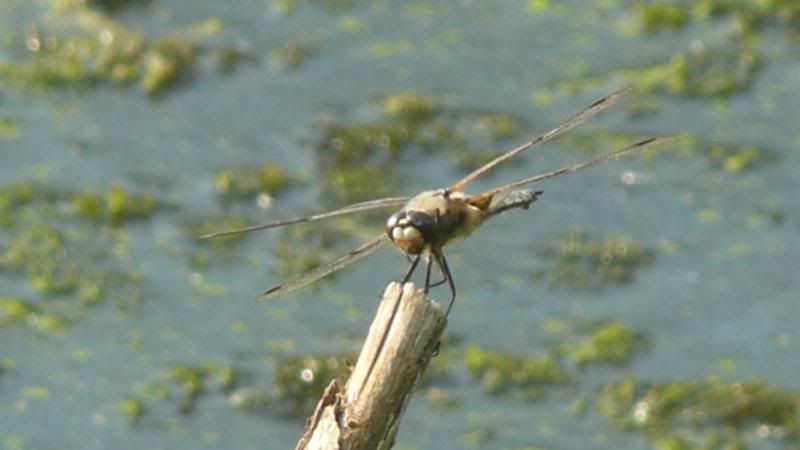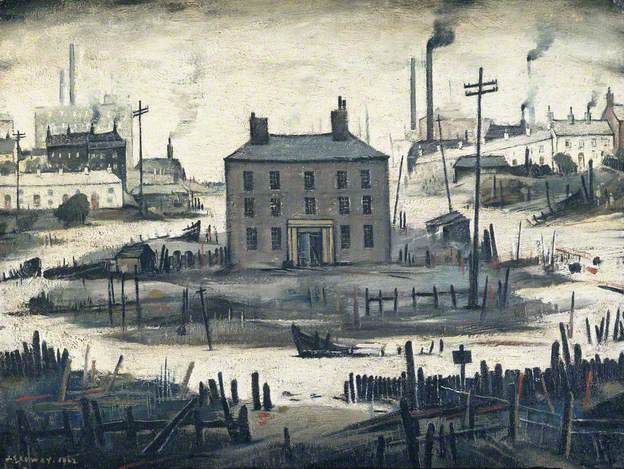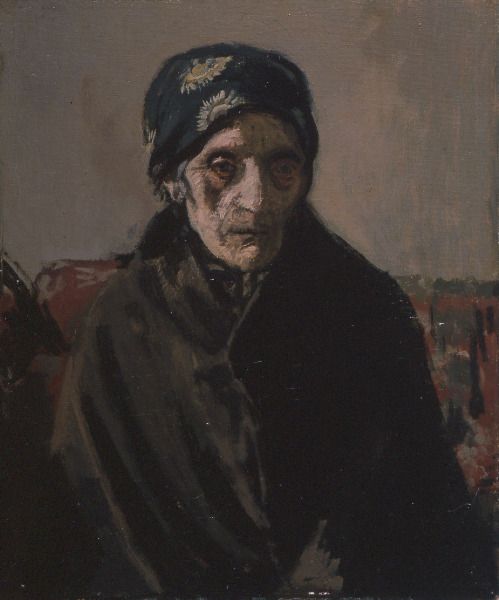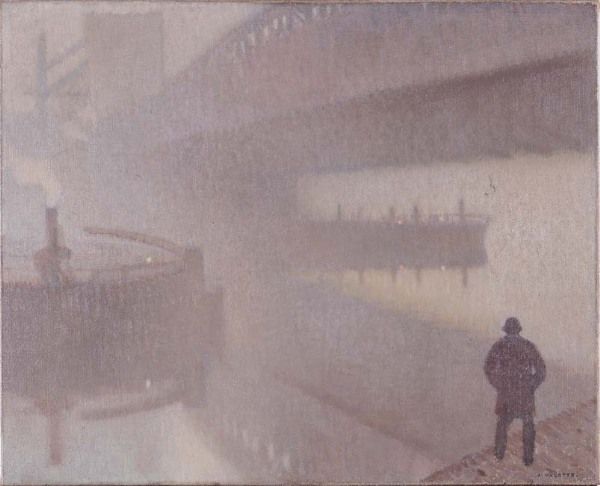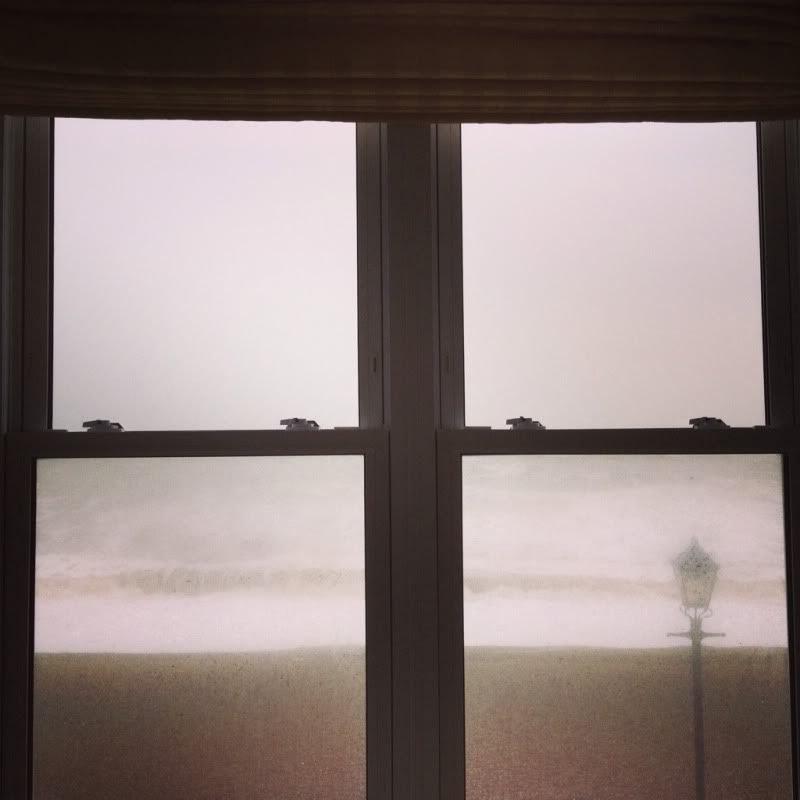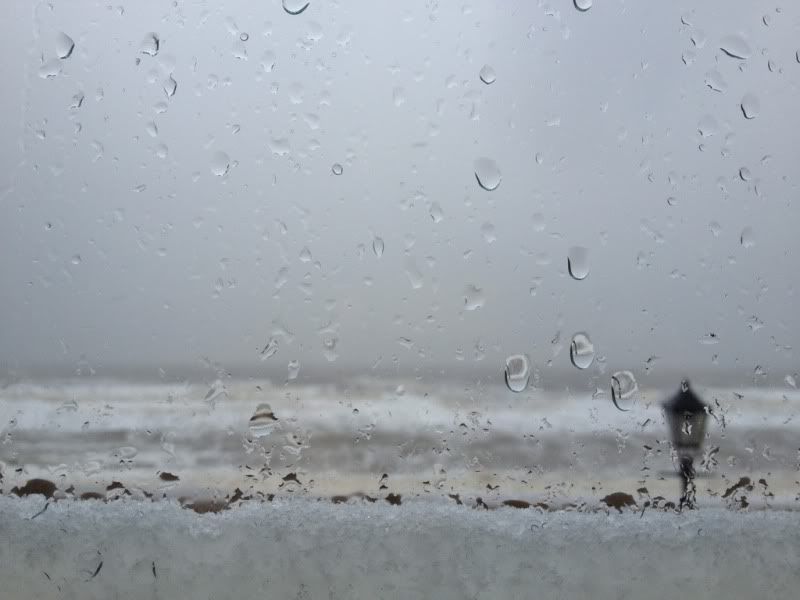Can you mourn the passing of a door? It’s funny what we might consider precious. What we instil such emotional value into, memories or things. The heavy old hardwood door, older than me, a fond memory of growing up, ubiquitous through my childhood and early adulthood. Now a dark moss green, but painted so many times over it groaned and juddered reluctantly when you dragged it into its snug old frame. Painted over like the Edwardian tiles in the outside porch, black marble fractured with tiny capillaries of imperfection, depicting gold and russet autumn blooms in relief, hidden under coat and undercoat, coat and undercoat. At least that’s what I think is under the layers, a memory plucked from childhood, I’m surprised at my own sentiment, this memory pulled from a file which modern life has deemed insignificant, but the nostalgic part of me still holds dear. I’d be scared to remove the paint, in case I’m disappointed. I believe in the flowers, that is all I need to reassure, to warm my heart.
I think of the old mechanical metal bell, still working today, you twirled the little sycamore seed like handle, and it trilled cheerfully, even in its venerable age the door sung for visitors, like a bird exalting the Spring, the lengthening days and the whisper of love. And above the bell, the heavy satisfying weight of the ornate knocker, only yielding against the door itself. The dull dour thud resonating through the house, laconic, humourless, a boom of metal on wood, an old wood, a wise wood. But hardly anyone used the knocker, because the bell was a joy. Everyone loved the bell, a childlike glee would overcome even the most sour face, scowls replaced with beaming smiles. Everyone would marvel at something so old sounding so wonderful. A robust mechanical bell! In my mind, the knocker and the mechanical bell are old friends, unlikely friends. The knocker at peace with the bell getting all the attention, because when someone did choose to use him, he would boom wilfully, so everyone could hear him knock.
Over those decades, those hard winters and occasional hot summers, the old door watched the other doors in the terrace die and be replaced. The old hardwood brothers and sisters burnt or ditched, their mechanical bells singing no more. UPVC and cheap wood replacing the cumbersome assurance of the solid old originals. And the door would breathe, once a year, following the seasons, breathe in over spring and summer, out again in autumn and winter, the wood contracting, expanding. Breathing imperceptibly.
Many decades ago, when my parents moved from the condemned tenements of Pentonville, the door was already middle aged. The grew old with it. What is a door? The door provides peace, a focus and the portal to the haven of home. A home, a roof over our head, that most ancient of human needs. If you believe in your door, you feel secure in the sanctity of your space. And our door held a magic. Protected us. No one invaded our space.
But tonight, someone hurt our door, someone invaded our space, it wont recover from the forced entry of burglars, ripped from the frame I felt an unnatural emotional response, it threw me, memories of mum and dad, of running to school, kicking through leaves, playing in the garden on my trike, of happy and sad times. Tonight, the old door’s been bolstered, bolted, it’s protecting my mum and dad’s old house for just one more night. Tomorrow, the old wood will lie flat, we’ll replace it, its slow breathing will stop. We’ll remove the mechanical bell and the knocker. They’ll stay with us, we can’t part with them. But we’ll say goodbye to our friend, the old door.
